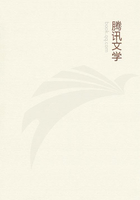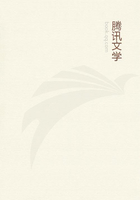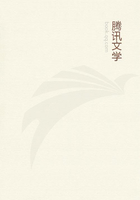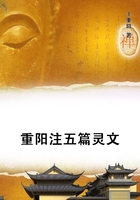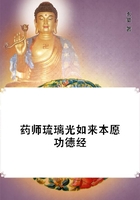All vital actions, considered not separately but in their ensemble, havefor their final purpose the balancing of certain outer processes by certaininner processes. There are external forces having a tendency to bring thematter of which living bodies consist, into that stable equilibrium shownby inorganic bodies; there are internal forces by which this tendency isconstantly antagonized; and the unceasing changes which constitute Life,may be regarded as incidental to the maintenance of the antagonism. For instance,to preserve the erect posture certain weights have to be neutralized by certainstrains: each limb or other organ, gravitating to the Earth and pulling downthe parts to which it is attached, has to be preserved in position by thetension of sundry muscles; or, in other words, the forces which would ifallowed bring the body to the ground, have to be counterbalanced by otherforces. Again, to keep up the temperature at a particular point, the externalprocess of radiation and absorption of heat by the surrounding medium, mustbe met by a corresponding internal process of chemical combination, wherebymore heat may be evolved; to which add that if from atmospheric changes theloss becomes greater or less, the production must become greater or less.
Similarly throughout the organic actions at large.
In the lower kinds of life the adjustments thus maintained are directand simple; as in a plant, the vitality of which mainly consists in osmoticand chemical actions responding to the co-existence of light, heat, water,and carbon-dioxide around it. But in animals, and especially in the higherorders of them, the adjustments become extremely complex. Materials for growthand repair not being, like those which plants require, everywhere present,but being widely dispersed and under special forms, have to be found, tobe secured, and to be reduced to a fit state for assimilation. Hence theneed for locomotion; hence the need for the senses; hence the need for prehensileand destructive appliances; hence the need for an elaborate digestive apparatus.
Observe, however, that these complications are nothing but aids to the maintenanceof the organic balance, in opposition to those physical, chemical, and otheragencies which tend to overturn it. And observe, further, that while thesecomplications aid this fundamental adaptation of inner to outer actions,they are themselves nothing but additional adaptations of inner to outeractions. For what are those movements by which a predatory creature pursuesits prey, or by which its prey seeks to escape, but certain changes in theorganism fitted to meet certain changes in its environment? What is thatoperation which constitutes the perception of a piece of food, but a particularcorrelation of nervous modifications, answering to a particular correlationof physical properties? What is that process by which food when swallowedis made fit for assimilation, but a set of mechanical and chemical actionsresponding to the mechanical and chemical characters of the food? Hence,while Life in its simplest form is the correspondence of certain inner physico-chemicalactions with certain outer physico-chemical actions, each advance to a higherform of Life consists in a better preservation of this primary correspondenceby the establishment of other correspondences.
So that, passing over its noumenal nature of which we know nothing, Lifeis definable as the continuous adjustment of internal relations to externalrelations. And when we so define it, we discover that the physical and thepsychical life are equally comprehended by the definition. This which wecall Intelligence, arises when the external relations to which the internalones are adjusted become numerous, complex, and remote in time or space.
Every advance in Intelligence essentially consists in the establishment ofmore varied, more complete, or more involved adjustments. And even the highestgeneralizations of science consist of mental relations of co-existence andsequence, so co-ordinated as exactly to tally with certain relations of co-existenceand sequence that occur externally. A caterpillar, finding its way on toa plant having a certain odour, begins to eat -- has inside of it an organicrelation between a particular impression and a particular set of actions,answering to the relation outside of it between scent and nutriment. Thesparrow, guided by the more complex correlation of impressions which thecolour form, and movements of the caterpillar gave it, and guided by othercorrelations which measure the position and distance of the caterpillar,adjusts certain correlated muscular movements so as to seize the caterpillar. through a much greater distance is the hawk, hovering above, affected bythe relations of shape and motion which the sparrow presents; and the muchmore complicated and prolonged series of related nervous and muscular changes,gone through in correspondence with the sparrow's changing relations of position,finally succeed when they are precisely adjusted to these changing relations.
In the fowler, experience has established a relation between the appearanceand flight of a hawk and the destruction of other birds, including game.
There is also in him an established relation between those visual impressionsanswering to a certain distance in space, and the range of his gun. And hehas learned, too, what relations of position the sights must bear to a pointsomewhat in advance of the flying bird, before he can fire with success.

